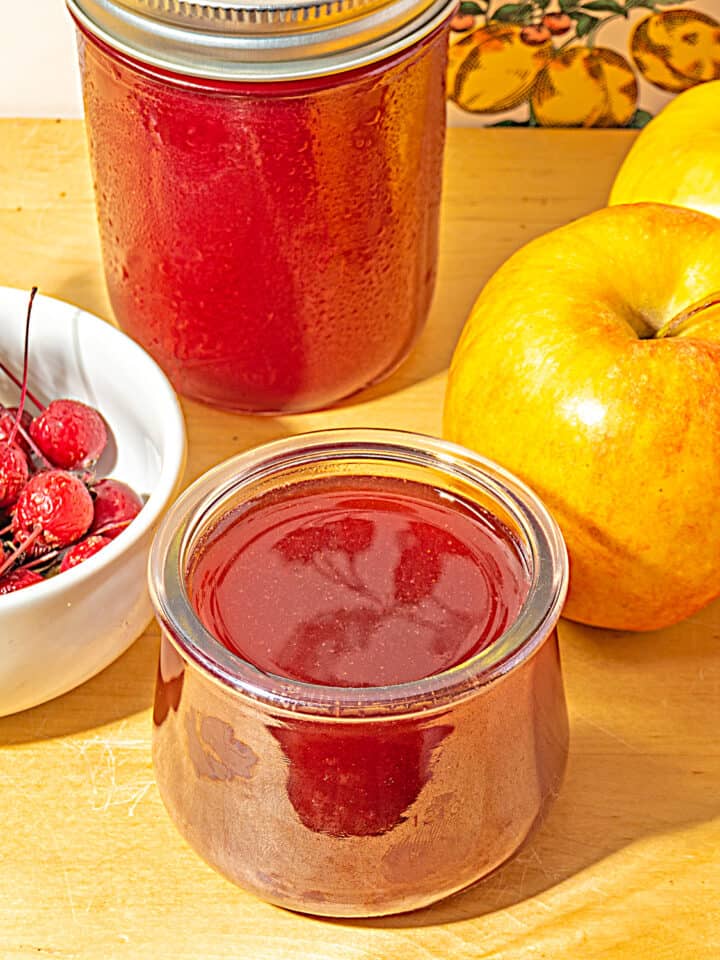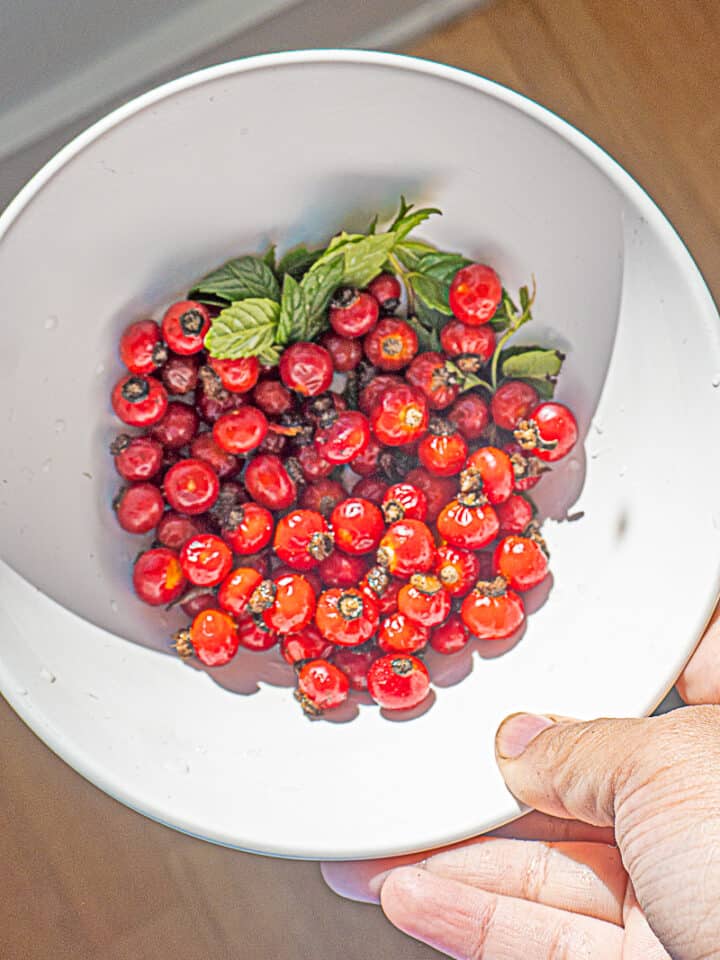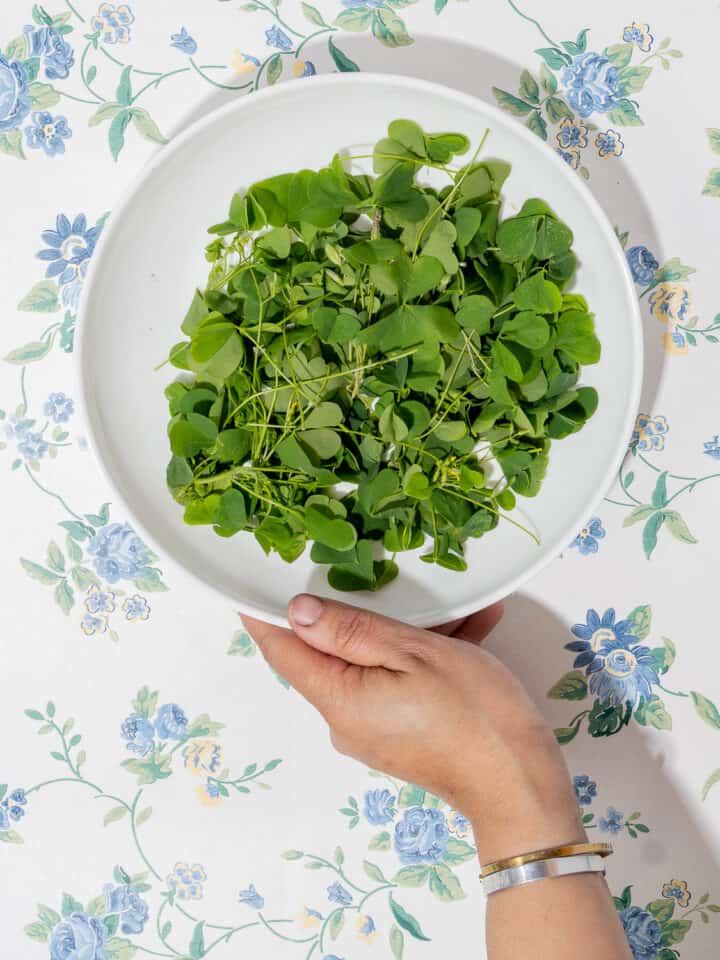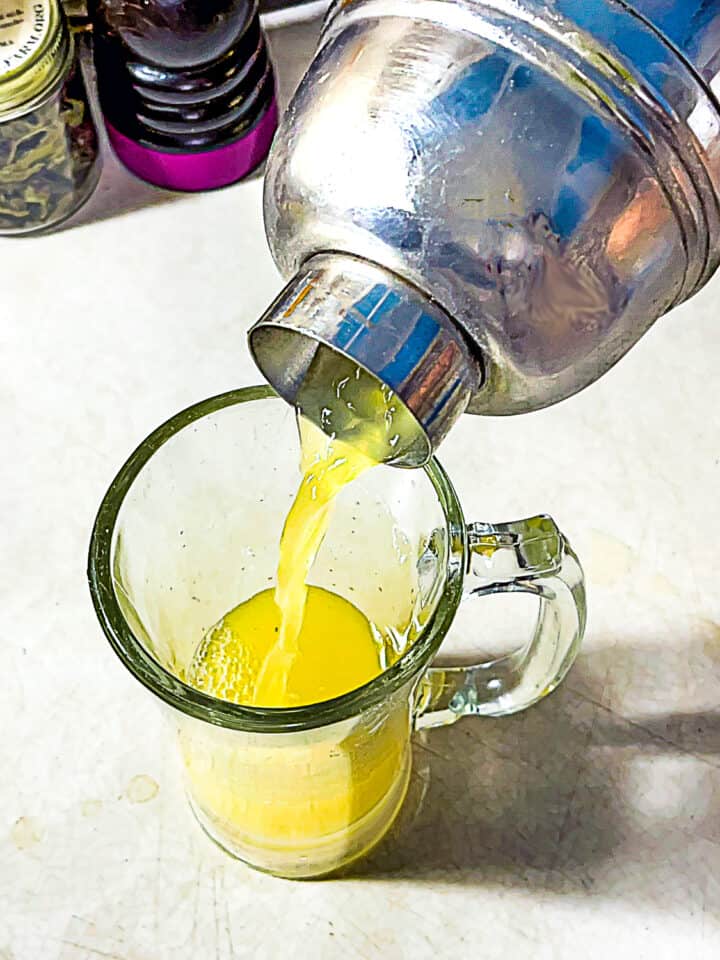As a forager and lover of wild edibles, I always seek new ingredients to experiment with in the kitchen. One of my recent discoveries has been spruce tips, the young growth on branches of spruce trees available in the spring.

Here's what you need to know about spruce tips, including how to forage and harvest them, use them in the kitchen, and their health benefits. Whether you are a seasoned forager or a beginner to the wild edible world, spruce tips are an ingredient worth exploring.
What are Spruce Tips?
As an avid forager, I always look for new and exciting edible plants to add to my collection. One of my recent discoveries has been spruce tips, the young growth on the branches of spruce trees.
Spruce tips are a seasonal delicacy, available for a concise period early in the growing season. They have a vibrant green color, and Spruce tips have a unique flavor that is difficult to describe, but it is often compared to a cross between citrus and pine.
Spruce tips have been used for centuries by indigenous peoples as a food source and for their medicinal properties. They were often used to treat scurvy, a disease caused by a lack of vitamin C.
When harvesting spruce tips, it is essential to only take the new growth at the end of the branch, leaving the older development intact. This will allow the tree to continue to grow and produce more spruce tips in the future.
Overall, spruce tips are a unique and nutritious addition to any forager's collection. With their vibrant color and delicious flavor, they will surely add excitement to any dish.
Harvesting Spruce Tips
Harvesting spruce tips is a fun and rewarding activity that can be done in late winter through spring, depending on your climate zone. In this section, I will cover when and how to harvest spruce tips.
When to Harvest
The best time to harvest spruce tips is during April, but this can vary depending on your location and climate. Generally, you want to gather spruce tips while still young and tender before they harden and turn brown.
How to Harvest
To harvest spruce tips, look for a healthy tree with plenty of new growth. Look for still soft and pliable branches, and avoid brown or brittle branches.
Once you have found a suitable branch, snap off the bright green tip with two fingers. You can use scissors or shears, but it's best to be gentle not to damage the rest of the branch.
After you have harvested your spruce tips, remove any papery casings or stiff stems that may have broken off with the tip. Then, rinse the tips in cold water to remove dirt or debris.
Tips for Harvesting Spruce Tips
Be sure to ask for permission before harvesting spruce tips on private property.
- Avoid harvesting from trees that have been sprayed with pesticides or other chemicals.
- Only harvest a small portion of the tips from each tree to ensure that the tree can continue to grow for years to come.
- Store your spruce tips in an airtight container in the refrigerator. They will keep for up to a week or freeze them for long-term storage.






Comments
No Comments